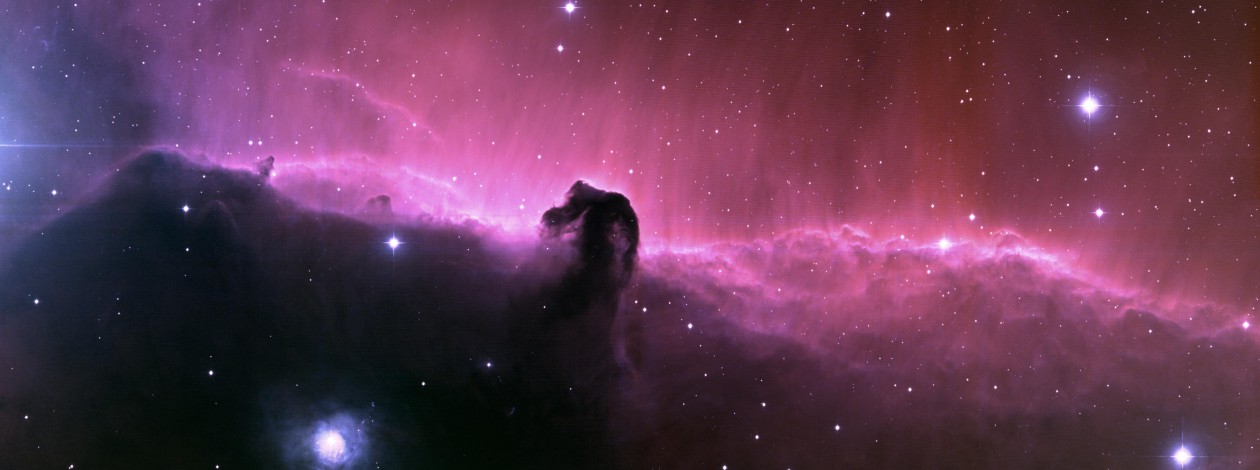
I had the pleasure of being able to observe this Binary. it was absolutely stunning. Even the photo I got here was not able to do it justice. The brilliant yellow/gold color and it’s indigo blue twin was like a gem glinting in the sunlight. . .absolutely beautiful. This is one of my favorite objects to look at. I never get tired of seeing it , each time it takes my breath away.
I decided to start here with some photos and information. this system is not actually a binary. In fact it has 4 stars.

When I started photographing stars and objects in space, I made it a point to keep it as true to life as possible, to ensure that I do each object justice in it’s beauty. I also was bothered that when I check my processing to ensure I am true to color and visual observation in my photos that there were not very good references ones to compare to.
Now for the info:
Gamma Andromedae (Gamma And, γ And, γ Andromedae) is the in the constellation of Andromeda. It was discovered in 1778 by Johann Tobias Mayer
the two parts γ1 Andromedae and γ2 Andromedae, is separated by approximately 10 arc seconds. It was later discovered that γ2 Andromedae is itself a triple star system. The whole of Almach is actually a quadruple star system, approximately 350 light-years from the Earth.
the database SIMBAD holds so much information as far as any star or object you can imagine. Almach can be found in SIMBAD here But if you want to take a look at the star system yourself you can see it by locating it in the constellation here.

the following table of information. . .I really wish I could rewrite all this, but I couldn’t as it is fact.
| Observation data Epoch J2000.0 Equinox J2000.0 (ICRS) |
|
|---|---|
| Constellation | Andromeda |
| Right ascension | 02h 03m 54.720s (B) |
| Declination | +42° 19′ 51.41″ (B) |
| Apparent magnitude (V) | 4.84 (BC) (combined) 5.5 (B)6.3 (C) |
| Characteristics | |
| Spectral type | B9.5V/B9.5V (B) (spectroscopic binary)A0V (C) |
| U−B color index | −0.12 |
| B−V color index | +0.03 |
| Astrometry | |
| Radial velocity (Rv) | −14 ± 5 (B) km/s |
| Proper motion (μ) | RA: 37 (B) mas/yr Dec.: −57 (B) mas/yr |
| Parallax (π) | 9.19 ± 0.73 mas |
| Distance | 350 ± 30 ly (109 ± 9 pc) |
| Absolute magnitude (MV) | −0.3 (BC) |
| Orbit | |
| Period (P) | 63.67 ± 1.0 yr |
| Semi-major axis (a) | 0.302 ± 0.001″ |
| Eccentricity (e) | 0.927 ± 0.03 |
| Inclination (i) | 109.8 ± 5.0° |
| Longitude of the node (Ω) | 109.6 ± 5.0° |
| Periastron epoch (T) | B2015.5 ± 1.5 |
| Argument of periastron (ω) (secondary) |
183.4 ± 15.0° |
| Position (relative to γ1 And) | |
| Epoch of observation | 2004 |
| Angular distance | 9.6″ |
| Position angle | 63° |
